Join the course
Humblebrag raclette put a bird on it blog, fam hexagon jianbing neutra godard plaid scenester.
Homesteading 101 Starter Course
Family
Free Guide
Courses & Guides
shop with me
FAVE LINKS
Low Toxic Living
Homesteading
Homemaking
Recipes
Topics
I’m a homesteader, homemaker, milkmaid, and bread baker! This is my very own slice of the internet, dedicated to inspiring you to live old fashioned in today's modern world. I’m so excited you’re here, and can’t wait to connect with you.
Bulk Fermentation Finished?
Bulk Fermentation finished? Knowing when to shape your sourdough loaf is crucial to achieving the perfect texture and crumb. Bulk fermentation is the important step between gluten development and shaping, and it can be difficult to determine when it’s finished. This is where your skills as a sourdough baker come into play.
Bulk fermentation occurs when the dough is left at room temperature to ferment as one mass. There is no set time for fermentation to occur, so it’s important to be patient and observe the dough for signs of readiness. In this article, we’ll explore how to tell when your sourdough has finished bulk fermenting and is ready for shaping.
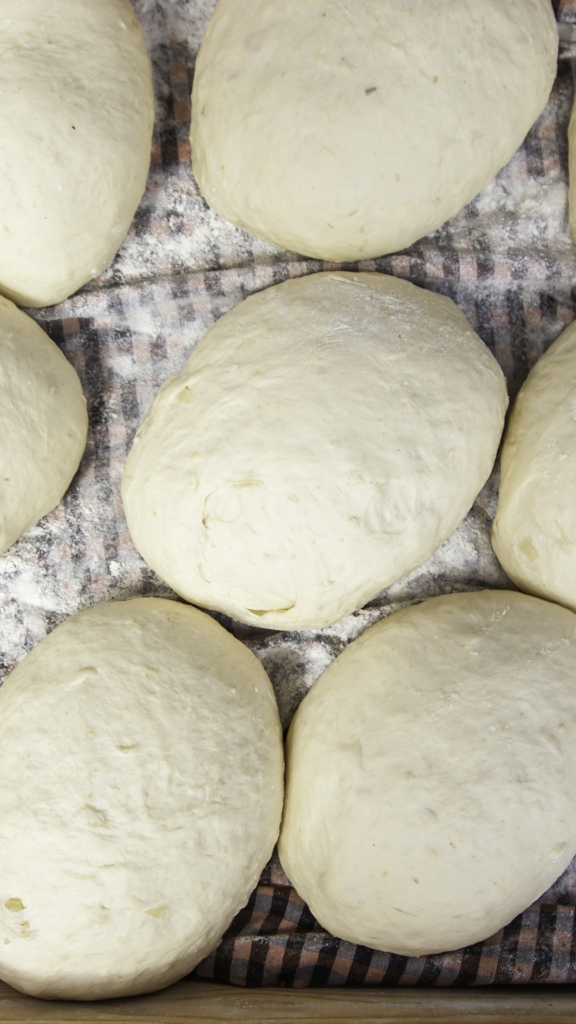
Table of Contents
Related Posts:
How Do You Know When Bulk Fermentation Has Finished?
To determine if your dough has finished bulk fermentation, there are a few key indicators to look for. Firstly, your dough should have doubled in size or just under. Additionally, it should have a slightly domed surface and be coming away from the edges of the bowl or container.
The surface should be smooth with bubbles starting to form, and it shouldn’t be sticky. Your dough should feel light and airy like a giant pillow, and if you look underneath a clear container, you’ll see large bubbles like a giant sponge up against the glass. These signs indicate that the bulk fermentation process is complete and your dough is ready to move on to the next step in making your sourdough loaf.
Letting Your Dough Double During Bulk Fermentation
One of the most crucial aspects of bulk fermentation is allowing your dough to double in volume. This process ensures that your bread will have a light and airy crumb, as well as a good rise in the oven. Under fermented dough will result in a dense and gummy texture with little to no air pockets.
While some bakers suggest letting your dough grow by only 30-50%, doubling the volume is the best way to ensure a well-fermented dough. This process can take time, but it is necessary for proper gluten development and structure.
To monitor the dough’s strength and much rise, it is advisable to use a straight-sided container during bulk fermentation. This will allow you to easily track the dough’s volume and ensure that it doubles in size.
A high hydration dough will typically require a longer bulk fermentation time to double in volume. However, it is essential to avoid over-fermenting the dough, which can result in a weaker gluten structure and a flat loaf.
If you are having trouble fitting sourdough into your busy schedule, there are ways to adjust your fermentation process to accommodate your lifestyle. Check out our related post on long-fermented sourdough bread for tips on baking sourdough on any schedule.
Related Posts:
Fermentation Is Temperature Dependent
The temperature of your kitchen has a profound effect on the fermentation process of your sourdough. Fermentation is temperature dependent, and if the temperature is not correct, it can result in a soupy mess or a starter that can’t get going. Warmer temperatures will speed up the fermentation process, while lower temperatures will slow it down.
If you live in a cold climate, the bulk fermentation process will take longer, and you may need to adjust the timing accordingly. In contrast, if you live in a warmer climate, the fermentation process will be faster. It’s important to keep the dough temperature within the correct temperature range to ensure that the fermentation process is optimal.
One way to control the temperature is by using a bread proofing apparatus, such as the Brod & Taylor Bread Proofer. This apparatus will help you keep both your starter and dough at the perfect temperature for fermentation, without any fluctuations.
If you prefer a cold bulk fermentation, you can use a fermentation chamber to keep the dough at the desired temperature. Alternatively, you can do a cold ferment in the refrigerator. However, it’s important to note that different times and temperatures may require adjustments to the recipe.
In summary, the temperature of your kitchen or the environment in which you are fermenting your sourdough has a significant impact on the fermentation process. It’s essential to keep the dough at the correct temperature range to ensure optimal fermentation.
Your Starter Could Be The Issue
If you’re experiencing problems with your dough during bulk fermentation, or if you’re not getting enough fermentation, your sourdough starter could be the culprit. An immature starter is often the issue, but a sluggish starter can also cause problems.
Strengthening your sourdough starter can help ensure that it’s at its strongest and will give you the best possible bread. Consider increasing the amount of yeast and lactic acid bacteria in your starter, and make sure to keep it active by feeding it regularly.
Related Posts:
When Does Bulk Fermentation Actually Start?
There is some debate among sourdough enthusiasts about when bulk fermentation actually begins. While it is commonly believed that bulk fermentation starts at the end of the stretch and fold period, it technically begins as soon as you add your starter to the flour and water.
If you are using a simple sourdough recipe, this means that bulk fermentation begins as soon as you start mixing your dough (fermentolyse). This is important to keep in mind, especially on warm days, as your dough will be fermenting during the stretch and fold process.
It is worth noting that the actual bulk fermentation period from the end of the stretch and fold will be relatively short if fermentation has already started during the mixing process. This is something to consider when planning your sourdough baking schedule.
Here are some key points to keep in mind regarding when bulk fermentation starts:
- Bulk fermentation technically begins as soon as you add your starter to the flour and water.
- If you are using a simple sourdough recipe, bulk fermentation starts during the mixing process (fermentolyse).
- If your dough is fermenting during the stretch and fold process, the actual bulk fermentation period will be shorter.
- Consider the timing of bulk fermentation when planning your sourdough baking schedule.
Related Posts:
- Get Baking Today: Beginner Sourdough Starter Recipe
- Ingredients for Better Sourdough: Tips and Tricks for a Perfect Loaf
- Sourdough Bread: A Beginner’s Guide to Delicious Homemade Loaves
- Bulk Ferment vs Cold Ferment: Which is Better for Your Bread Dough?
- Can Sourdough Starter Go Bad? Tips for Keeping Your Starter Fresh
- Long Fermented Sourdough Bread: A Guide to Achieving Perfectly Tangy Loaves
- Should you Clean your Sourdough Starter Jar?
- Purchase all of my Sourdough Supplies Here!
Tips For Knowing When Bulk Fermentation Has Ended
Proper fermentation is crucial to achieving a delicious sourdough bread. Knowing when your bulk fermentation has ended can be a challenge, but there are a few visual cues that can help you determine when it’s time to move on to the next step. Here are some tips to help you know when your bulk fermentation has ended:
- Use a straight-sided container, such as a Cambro Container, to monitor the dough’s rise. This will make it easier to see when the dough has doubled in size. You can even mark the starting level with a Sharpie to help you keep track of the dough’s progress.
- Consider using a bread proofer to help control the dough’s temperature during fermentation. This can help ensure that your dough is fermenting at an ideal temperature, taking the guesswork out of the process.
- Pinch off a small piece of dough before placing it in the fermentation container and place it in a small shot glass. This will allow you to easily monitor the dough’s rise and determine when it has doubled in size. When the dough in the shot glass has doubled, the dough in the fermentation container should be ready for the next step.
It’s important to note that the final proofing time may vary depending on the recipe and the ambient temperature. If you find that your dough needs an extended period of fermentation, you can control the dough by placing it in the fridge for a longer period of time.
With these tips, you’ll be able to confidently determine when your bulk fermentation has ended and move on to the next step in your sourdough baking journey.
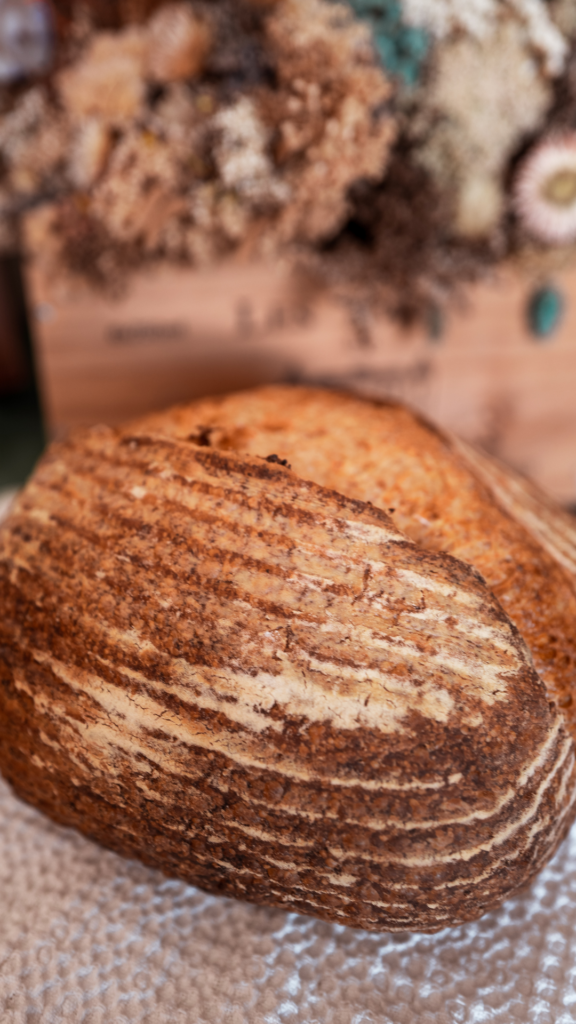
Can You Skip Bulk Fermentation?
No, you cannot skip bulk fermentation. It is an essential step in the bread-making process that allows the starter to come alive and the yeast in the community of microbes to begin the process of rising the bread. Skipping this step will result in bread that lacks airiness and rise, making it flat, gummy, and dense. Even if you prefer to take other shortcuts or variations in the process, bulk fermentation needs to be completed to achieve a light, airy, and flavorful loaf. Skipping this step will lead to unsatisfactory results, regardless of the temperature of your oven.
Frequently Asked Questions Around Bulk Fermentation
Bulk fermentation is a crucial step in the sourdough bread-making process. Here are some common questions that people have about bulk fermentation:
- How long should you bulk ferment your sourdough for? The length of time for bulk fermentation can vary depending on several factors, such as the temperature, amount of starter used, and the strength of your sourdough starter. It’s best to keep an eye on your dough during the day when you first start baking sourdough. As you become more experienced, you can try leaving your sourdough to bulk ferment overnight.
- Can you bulk ferment sourdough too long? Yes, you can over ferment your dough if you leave it for too long. Over fermented dough will lose its structure and become a soupy, sloppy mess that you won’t be able to shape.
- Can you bulk ferment for 24 hours? No, you should not bulk ferment your dough at room temperature for 24 hours. This will result in a soupy mess, unless your home is very cold. If you plan to bulk ferment overnight, adjust the amount of starter used in the dough and ensure that the ambient temperature doesn’t go above 21C.
- Can you stretch and fold after bulk fermentation? No, you should not stretch and fold after bulk fermentation. Stretch and fold is a technique used to develop gluten before bulk fermentation is completed. If you stretch and fold after bulk fermentation, you risk disturbing all the gas bubbles that have formed during this time.
- Can you skip bulk fermentation? No, you should not skip bulk fermentation. This step is essential for the yeast to do their job in making your bread rise. Skipping bulk fermentation will result in a dense, flat loaf of bread.
Common Mistakes
Here are some common mistakes to avoid during bulk fermentation:
- Leaving your dough to ferment for too long, resulting in over fermented dough.
- Bulk fermenting your dough for 24 hours at room temperature.
- Stretching and folding your dough after bulk fermentation.
- Skipping bulk fermentation altogether.
Remember, bulk fermentation is a vital step in making delicious sourdough bread. Take the time to understand the variables that affect bulk fermentation and avoid these common mistakes to ensure success in your bread-making journey. This blog post was all about learning when bulk fermentation has finished.
Further Reading
Looking to expand your knowledge on sourdough baking? Check out these resources:
- Sourdough Vanilla Cupcakes: A Twist on the Classic Treat
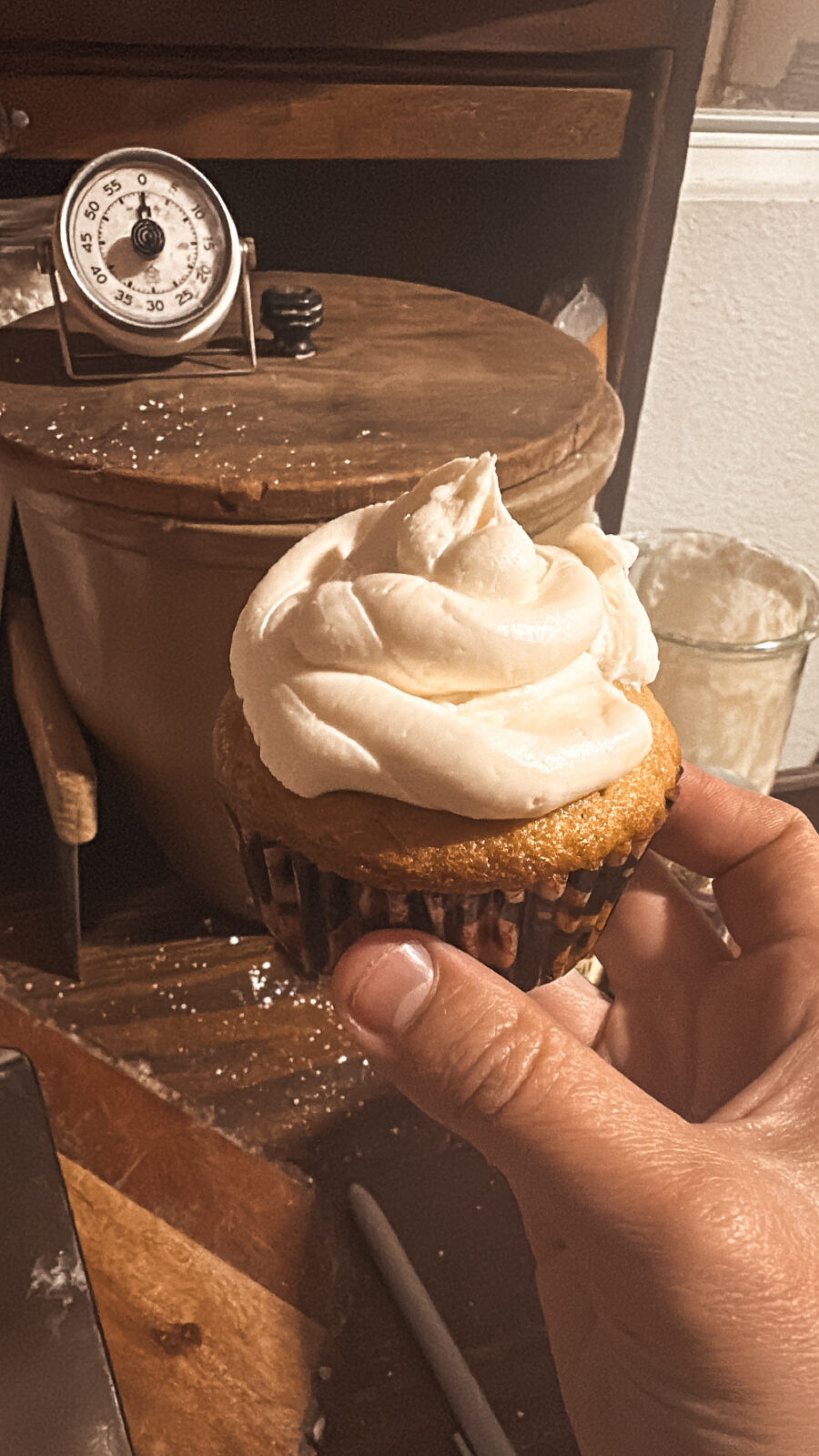
- Easy Homemade Biscuits: Quick & Delicious Recipes for Beginners
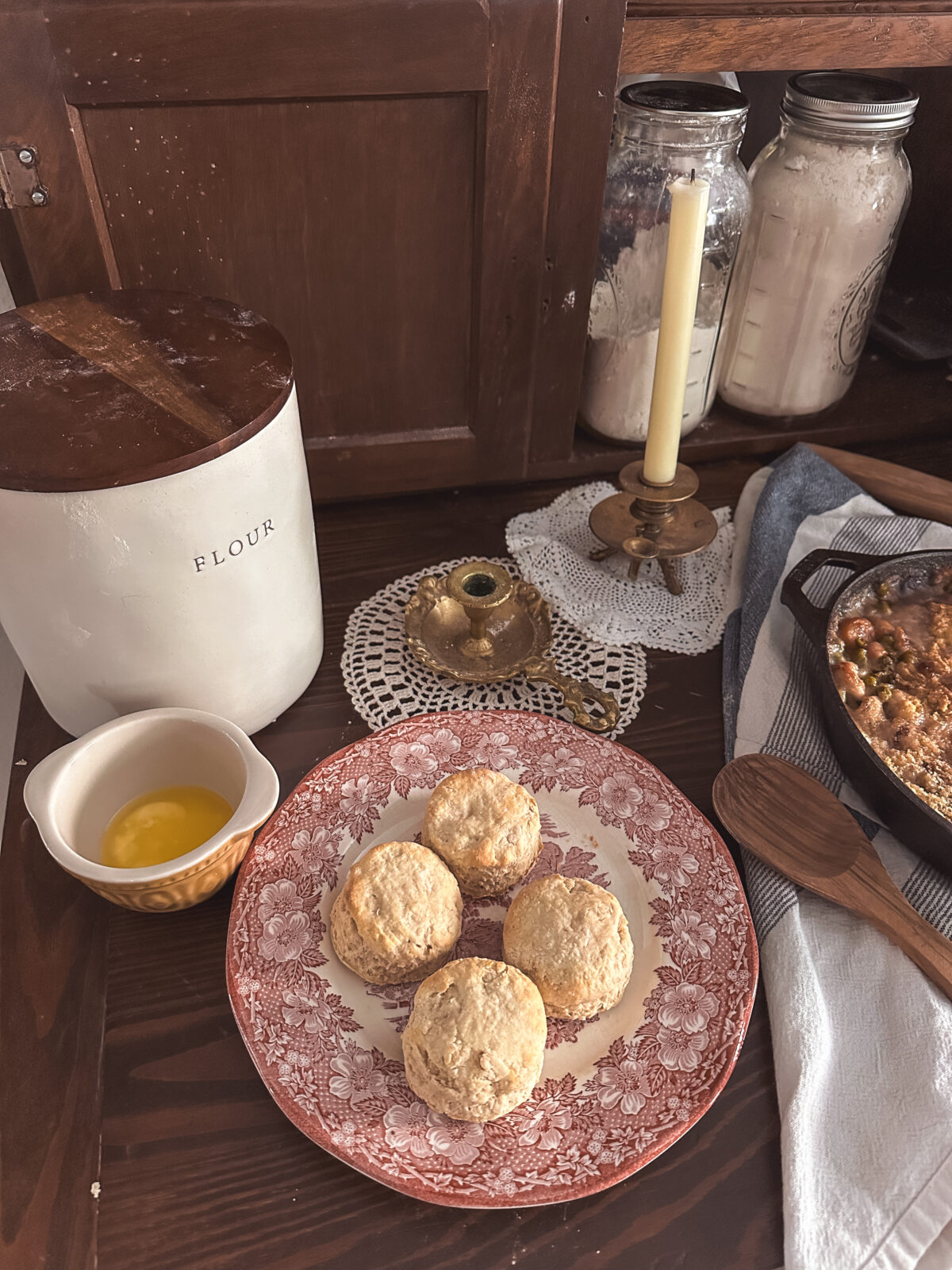
- Soft Dinner Rolls: Your Guide to Fluffy, Perfect Bakes
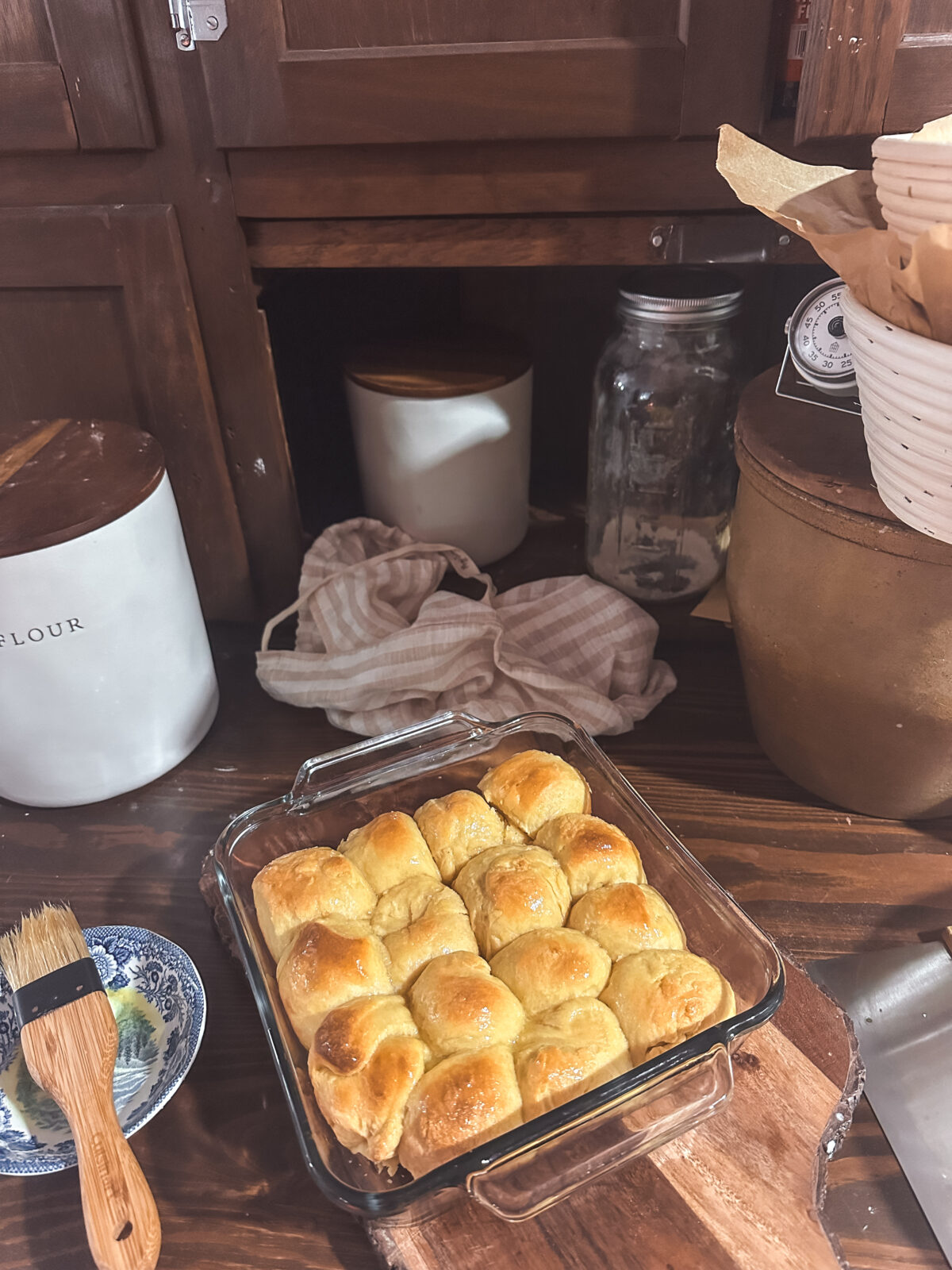
- How to Knead Dough: A Step-by-Step Guide for Perfect Bread
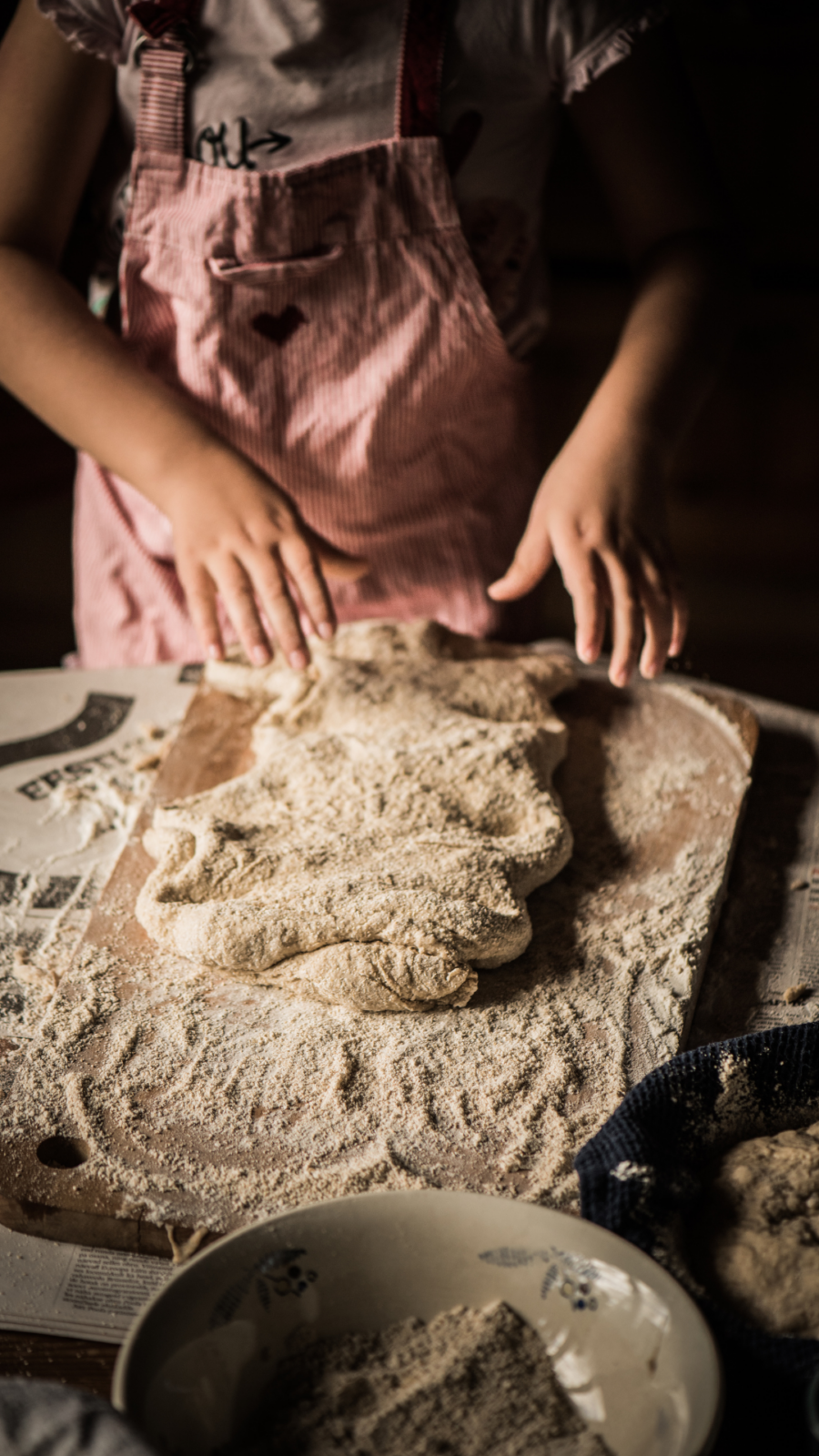
- SALT & STONE Deodorant Review: A Natural Deodorant?
- Sandwich Bread Recipe: The Perfect Loaf for Your Daily Sandwiches

Explore Reader
SHOP
Fitbit Versa 2 Health & Fitness Smartwatch
SHOP
Bamboo Nesting storage boxes
SHOP
Ilia Super Serum Skin Tint SPF 40
SHOP
Ninja Max XL Electric Air FryeR
SHOP
Cuisinart 15-Piece Knife Set with Block
SHOP
Muse Bath Apothecary Hand Ritual
SHOP
Martha Stewart 100% Cotton Bath Towels
SHOP
Eozlink Fluffy Fur Slides
Leave a Reply Cancel reply
Watch me clean my home



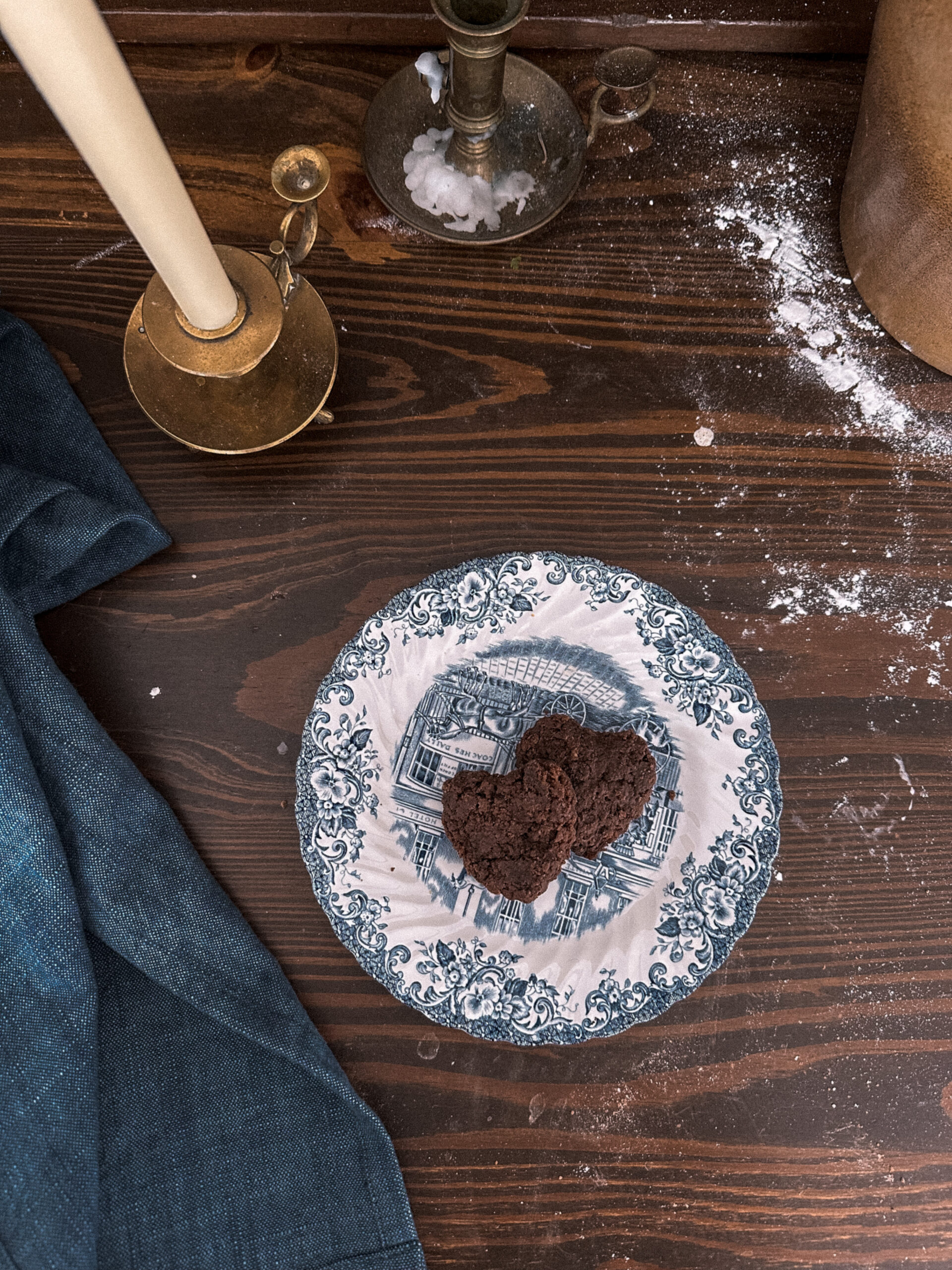
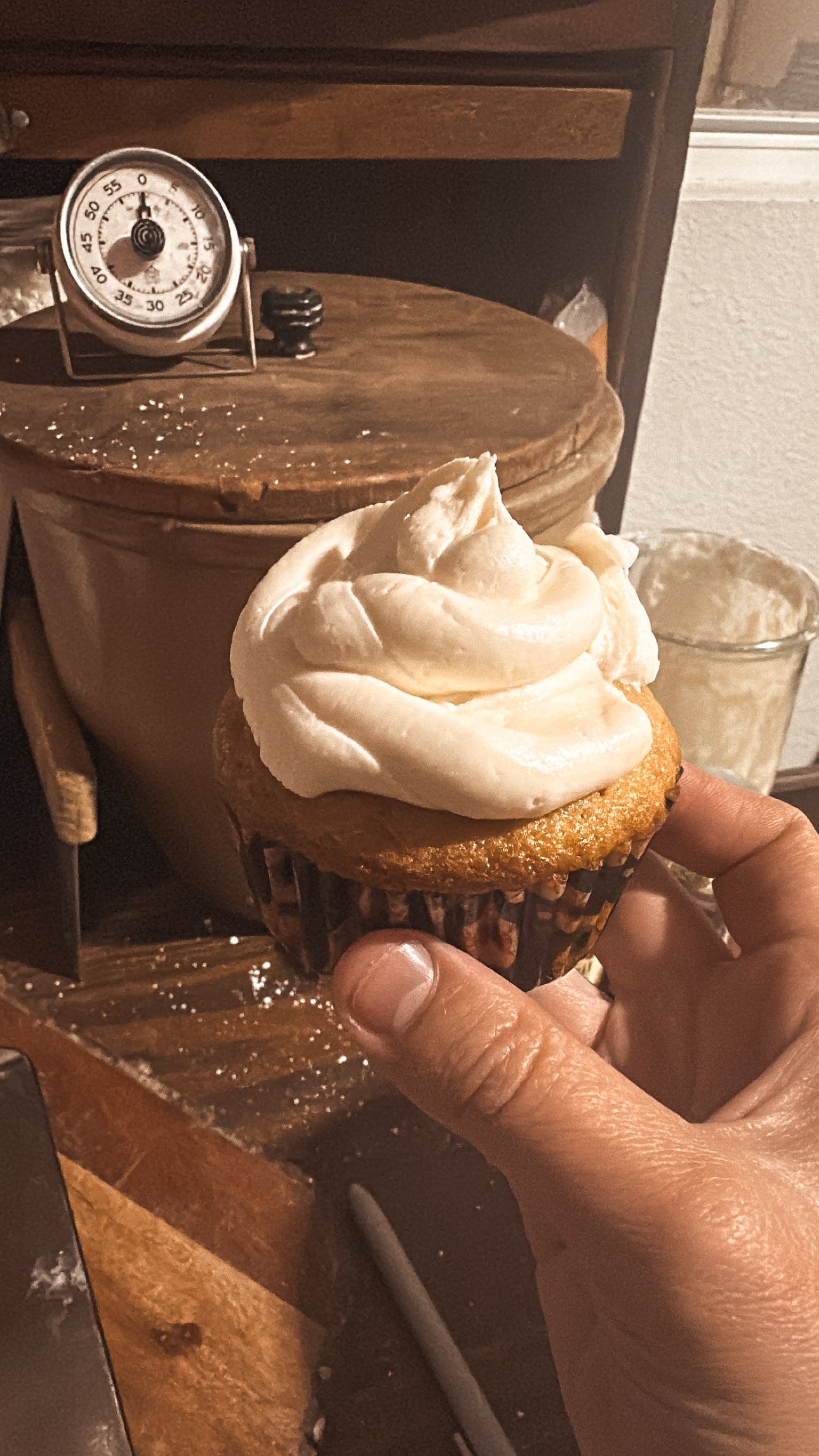
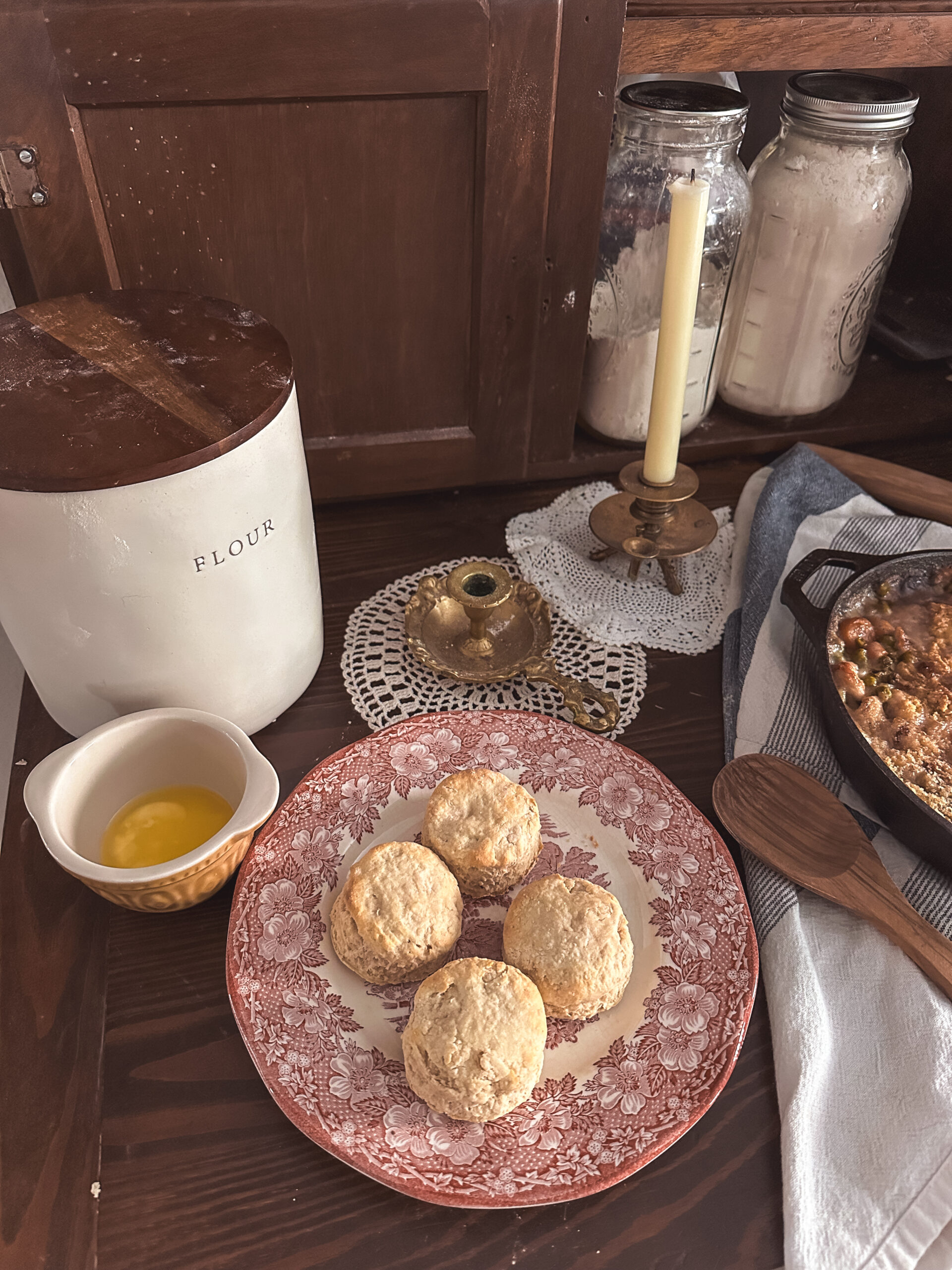

Be the first to comment